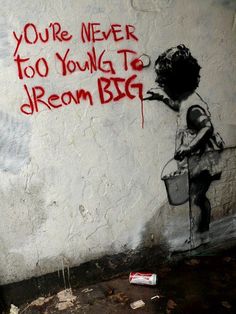Economically Disadvantaged Students K-12
Written by Don Allen, M.A. Ed. /MAT
Economically Disadvantaged Students K-12
According to a study done economically disadvantaged students are the ones that mostly belong to a household that meets the income standards for free or reduced-price meals. This is because they live in poverty. This information about the economic status of individual students has been a result of county data on scholarship information and post-secondary options information. Economically disadvantaged children have a hard time succeeding in school. Most of the students in this state tend to drop out of school and choose a low-paying job because it is hard for them to keep up with their well-off peers. They become a center of ridicule because they cannot be able to afford to dress in fashionable clothes or even pay a fee for an educational trip (Thompson).
There are various reasons as to why there are economically challenged students, first is the income status. Poverty either situational or generational makes it difficult for the students to afford some of the essentials that facilitate learning in school especially food. The other reason is migration and runaway status where most families are refugees making it hard for them to survive in an economic standard that is high compared to their mother country. The misconception that most people have is that these poor students are not intellectual enough to achieve success and this is not the case. Most of them, if provided with the basic needs, can be able to progress to high order skills (Thompson).
Combining equity and quality leads to the highest performing education systems because they make it their aim to provide all the children with opportunities for good quality education. If a child fails to get the right education they are likely to have more difficulties in the future because they do not have the required skills hence fewer life prospects with lower initial and lifetime earnings. It also affects economic growth, productive and innovative capacities. Socially it damages cohesion and mobility as the individuals indulge in criminal activities (OECD, 2012).
There are various policy recommendations to support economically disadvantaged school children by improving equity. One of the policies is to evenly distribute the disadvantaged students across advantaged schools because schools with a higher concentration of disadvantaged children are likely to suffer from more social and economic problems like health problems or crime rates which may hinder learning. This restructuring should be supported as there are high chances that in those affluent schools they stand better opportunities to get scholarships to further their education to greater heights without hindrances (OECD, 2012).
School leadership also matters as it is the root of the transformation of low-performing disadvantaged schools. The leaders should be prepared and supported to perform their roles. They should also have the expertise and specialized knowledge to handle various challenges in school. Disadvantaged students need to build a strong and trustworthy relationship with their leaders, and this is built when a listening ear is offered to them. The development of a positive teacher-student and peer relationship will also aid in pointing out struggling students and what might be disrupting learning. This will go a long way to help them gain self-confidence making them perform better. Leaders including teachers should also be keen observers, and in the case of suspicions of harassment towards the disadvantaged students, they should quickly jump in and stop the harassment (OECD, 2012).
Economically disadvantaged students are not able to afford the basics like food, so these schools are not always staffed with high-quality teachers. There should be policies implemented to raise the teacher quality for disadvantaged students so as to ensure that they pass over the relevant skills and knowledge and also provide mentoring programs for them. This can be done by having favorable financial incentives. The teachers should have undergone the proper training so that they can be efficient and increase teacher retention (OECD, 2012).
Schools should also ensure there are better classroom learning strategies. The administration should ensure that the schools follow a curriculum promoting a culture of high expectation and high relevance for success. Schools and teachers should use formative and summative analysis to survey the children’s progress and ensure that they are getting understanding and knowledge. The school administration could also provide access to computers, magazines, newspapers, and books so that they could also see and work with printed materials since it might be the only place that they are exposed to print media (OECD, 2012).
In conclusion, all the students should be treated equally. The school administration should implement structure and a system whereby everyone is treated equally regardless of their background. Teachers should make it clear that they value all their students not because of their material possessions but for their character. The other thing is that expectations for those economically disadvantaged students should not be lowered for they are not intellectually incapacitated. They are equal. Teachers should aim to boost their self-confidence and praise them where necessary like school success and not for what they own.
References
OECD. (2012). Equity and Quality in Education. Supporting Disadvantaged Students and School. Paris, France. OECD Publishing.
Thompson. J. G. What you can do for students living in poverty. Retrieved from http://teaching.monster.com/counselors/articles/8164-what-you-can-do-for-students-living-in-poverty

Comments
Post a Comment